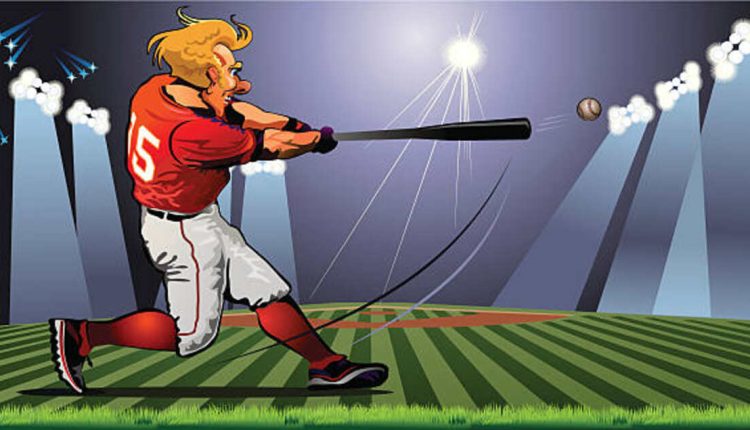How to Hit a Low Pitch Sound
Many pitchers believe that hitting pitches at the lower part of the strike zone is the most challenging, yet that may not always be true. Other factors also need to be taken into consideration.
Frequency is of prime importance when considering sound waves; those vibrating at high frequency quickly and possess a higher pitch.
Pitch
Low pitches refer to sounds with lower frequency. Low-pitch sounds are commonly used to produce deep, bassy notes and add dramatic flair to music tracks; examples of low-pitch sounds could include bass drum or Tympani sounds.
Learning to hit low pitches effectively is one of the critical skills necessary for playing baseball, though some may struggle initially with doing so. Through practice and focus, this skill can become second nature. Several factors influence a hitter’s ability to hit low pitches effectively, including physical characteristics and mental approaches toward the game.
When hitting low pitches, it is essential that the batter can maintain their balance and remain focused on the ball. Furthermore, their swing should not become out of control or become erratic – someone with good credit is much more likely to find success even with a poorly thrown pitch.
Low and away pitches can be one of the toughest for hitters to hit due to difficulty square upping the ball, often leading to ground balls or pop-ups instead of hard line drives.
To develop the skills needed to hit low pitches, hitters may use a batting tee set at a low position outside of the strike zone and swing it toward the net while maintaining Power V posture and not rolling over before full extension – this will help them keep control of the ball while expanding their margin for error for successful line drives.
Frequency
Most things vibrate, and their frequency (number of vibrations per second) determines their pitch. A higher frequency produces higher notes; lower frequencies create lower ones. Frequency numbers can also identify relative frequency differences between two notes. Frequency letter notation indicates notes within one octave: middle C is represented as C while its next-lower message D, for instance, may appear as D in frequency notation.
Volume
Pitch refers to how high or low a sound is pitched; volume measures its loudness. Angle is determined by how fast an object vibrates; for example, if a bell rings slowly, it has a lower angle; when used vigorously, however, it has a higher grade.
To sing lower notes more quickly, change your vowels from open (open vowels are more difficult for Tenors to hit at low pitches) to narrower (closed). This helps them hit those tricky notes more efficiently.
Wavelength
The wavelength of a wave is the distance between its crests (at the top) and troughs (on the bottom), depending on what medium the wave travels through and its frequency; increasing either will decrease both factors proportionally.
As its frequency decreases, so does its wavelength and amplitude; vibrations of sound waves exhibit greater strength when closer together.
When a musician plays a musical instrument, its size determines its frequency of sound production. Small tools create short-wavelength sounds, while larger devices produce long-wavelength ones.
Imagine two strings – A and B. String A has a shorter wavelength than string B, thus producing sounds with higher pitch due to vibrations occurring closer together and faster on string A than those on string B, leading to sound waves created by string A having higher frequencies as a result of being closer together and occurring more rapidly than those produced by string B. Frequency refers to repeated periodic movements while wavelength refers to the distance between adjacent points on regular waves such as those associated with crests or zero crossings on that waveform.

